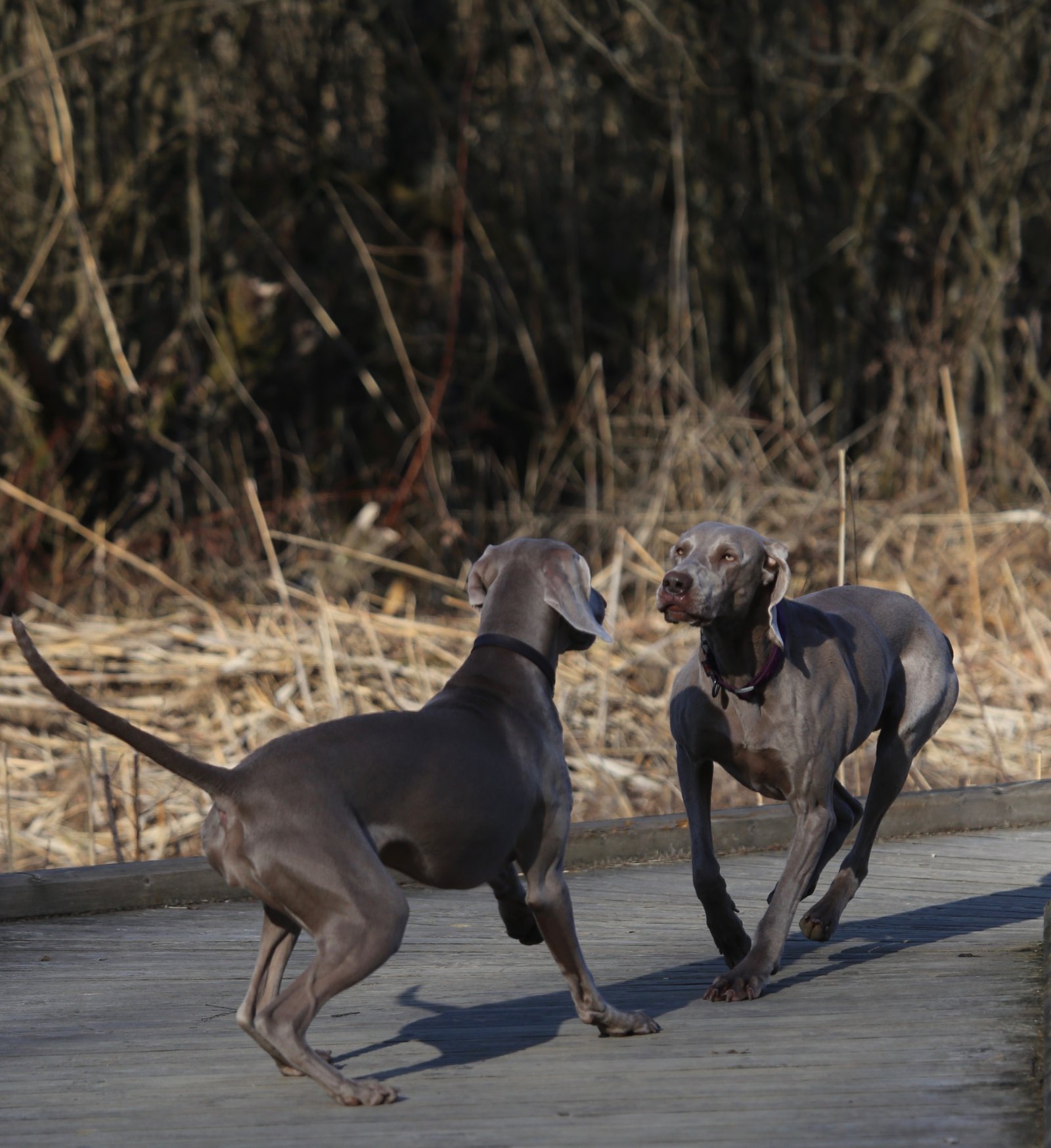Great Dane Puppies For Sale across India

Confident and gentle great dane puppy for sale in Goa-India
| Price: | ₹56000 |
|---|---|
| ID: | 239191 |
| Gender: | Male |
| Location: | Goa-India |

Black and smart Great Dane puppy for sale in Kolkata
| Price: | ₹78000 |
|---|---|
| ID: | 239192 |
| Gender: | Male and Female |
| Location: | Kolkata-India |

Two male and female Great dane puppies for sale in Ahmedabad
| Price: | ₹48000 |
|---|---|
| ID: | 239193 |
| Gender: | Female |
| Location: | Ahmedabad-India |

Very Beautiful and kind Great Dane puppy looking for home in Mumbai
| Price: | ₹45000 |
|---|---|
| ID: | 239194 |
| Gender: | Male |
| Location: | Mumbai-India |

Elegant and muscular great dane puppy for sale in Pune
| Price: | ₹60000 |
|---|---|
| ID: | 239195 |
| Gender: | Male |
| Location: | Mumbai-India |

Intelligent and descent Great Dane Puppy for sale in Bangalore
| Price: | ₹70000 |
|---|---|
| ID: | 239196 |
| Gender: | Female |
| Location: | Bangalore-India |
//Prices//
Great Dane Price In India
Indian Cities |
Great Dane Prices |
| Great Dane price in bangalore | Rs 40,000 to Rs 90,000 |
| Great Dane price in hyderabad | Rs 40,000 to Rs 95,000 |
| Great Dane price in pune | Rs 40,000 to Rs 97,000 | Great Dane price in kerala | Rs 40,000 to Rs 96,000 |
| Great Dane price in kolkata | Rs 40,000 to Rs 95,000 |
| Great Dane price in mumbai | Rs 40,000 to Rs 90,000 |
| Great Dane price in Delhi | Rs 40,000 to Rs 90,000 |
| Great Dane price in Lucknow | Rs 40,000 to Rs 90,000 |
| Great Dane price in Chennai | Rs 40,000 to Rs 95,000 |
| Great Dane price in Coimbatore | Rs 35,000 to Rs 90,000 |
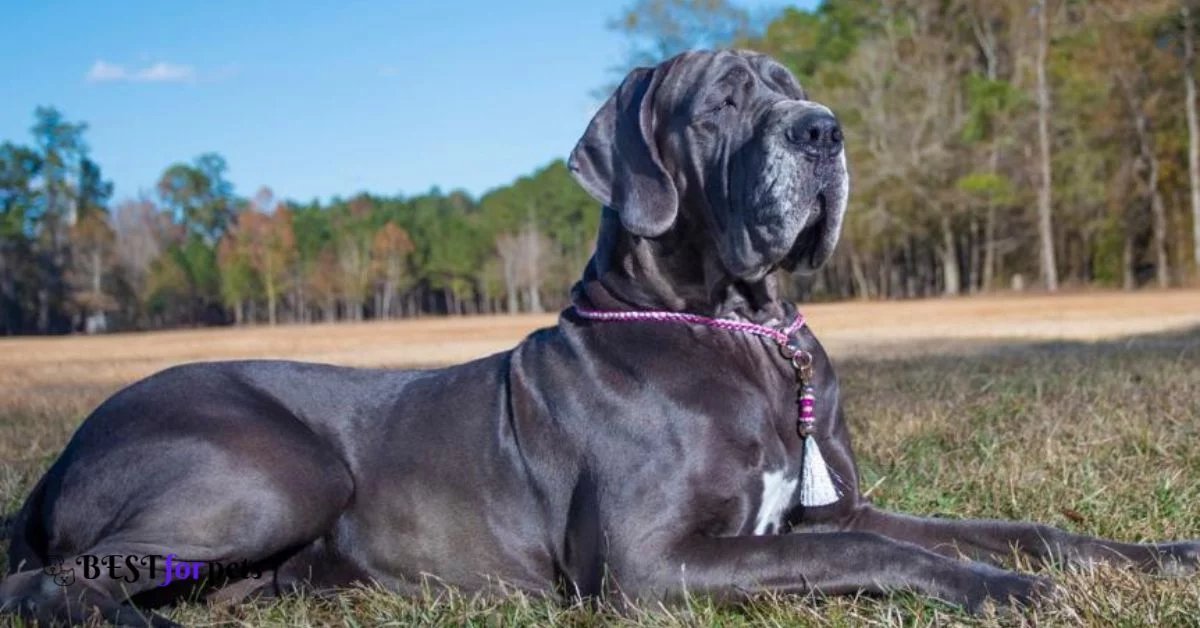
The price of a Great Dane puppy in India can vary widely depending on several factors, including the location, breeder’s reputation, the puppy’s pedigree, and its color. On average, Great Dane price in India can expect to pay anywhere from ₹35,000 to ₹90,000 or more from a reputable breeder.
Factors That Affects The Price Of Great Dane Dog
The price of a Great Dane can vary significantly based on several factors. Here are seven key factors that affect the price of Great Danes:
1. Breeder Reputation
Reputable breeders who prioritize the health and well-being of their dogs typically charge higher prices. These breeders invest in proper care, genetic testing, and socialization, which can increase the cost.
2. Location
The cost of Great Danes can vary depending on where you live. Prices tend to be higher in urban areas with a higher cost of living.
3. Pedigree and Bloodline
Great Danes with champion bloodlines or pedigrees tend to be more expensive. The lineage of the dog can impact their price, especially if they come from a line of show-quality or working dogs.
4. Age of the Dog
Puppies are generally more expensive than adult Great Danes. The cost can vary depending on the age and whether the dog has already received vaccinations and basic training.
5. Color and Coat Pattern
Some coat colors and patterns, such as blue, black, or harlequin, are considered more desirable and can command higher prices. However, coat color should not be the primary consideration when choosing a Great Dane.
6. Health Testing and Vaccinations
Ethical breeders conduct health tests on their breeding dogs to ensure they are free from genetic diseases. Puppies with up-to-date vaccinations and health certifications from a veterinarian may be priced higher.
7. Breeding Purpose
Great Danes bred for specific purposes, such as show, working, or as family pets, may have different price points. Show-quality dogs may be more expensive, while those intended as family pets may be more affordable.
8. Geographic Location
The cost of Great Danes can vary depending on where you live. Prices tend to be higher in urban areas with a higher cost of living.
About Great Dane
History Of Great Dane
The history of the Great-dane is a fascinating journey that reflects the resilience and adaptability of this remarkable breed. Originally, great-dane were bred for bull-baiting in 13th-century England. Their strong and tenacious nature made them perfect for this brutal sport, where they would grip a bull’s nose and hang on until the bull was subdued. Thankfully, this cruel practice was banned in the early 19th century, leading to a significant shift in the breed’s purpose.
In the face of this transformation, Great Danes evolved into loyal and affectionate companions. Selective breeding over generations refined their temperament, making them ideal family pets. Their history as bull-baiters is still evident in their robust build and determined expression, but today’s Great Danes are gentle, loving, and devoted members of the household.
The characteristics of the Great Dane
The Great Dane is a large dog with a regal bearing. It has a strong, square body that is muscular without being heavy or clunky. Its skin is generally black or harlequin but can also be blue or fawn in color. Their eyes are usually brown and their ears are typically cropped to stand erect. Great Danes are highly intelligent and sensitive animals which make them easy to train but they may also be stubborn at times. They thrive on physical activity so it’s important to get them out for walks or runs every day if you want to keep them happy.
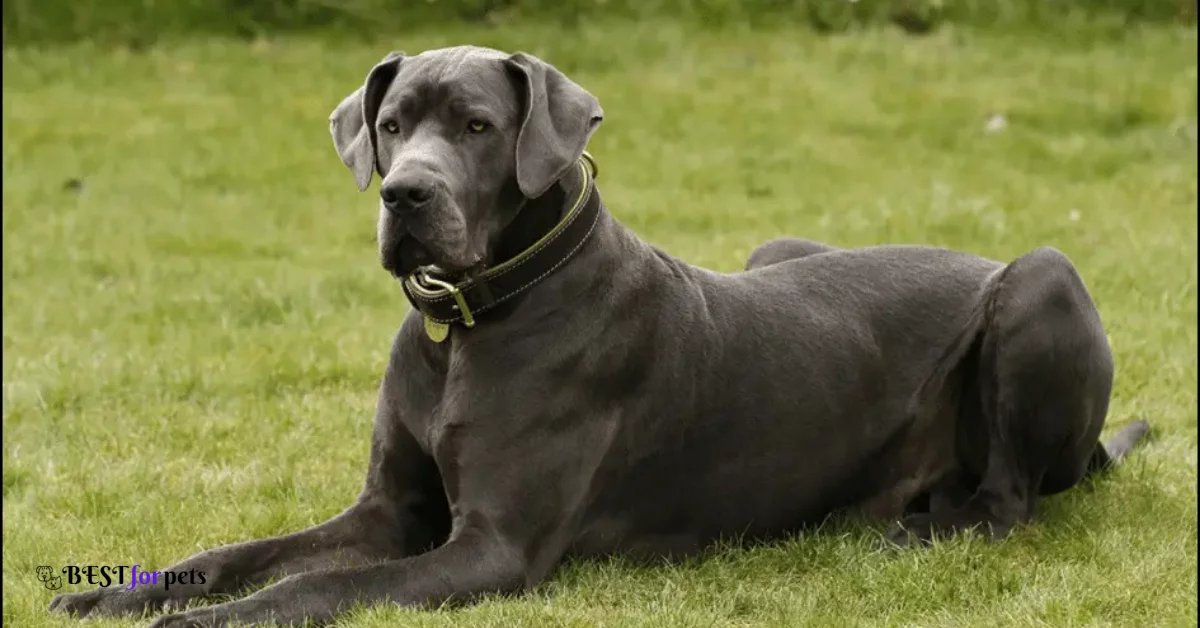
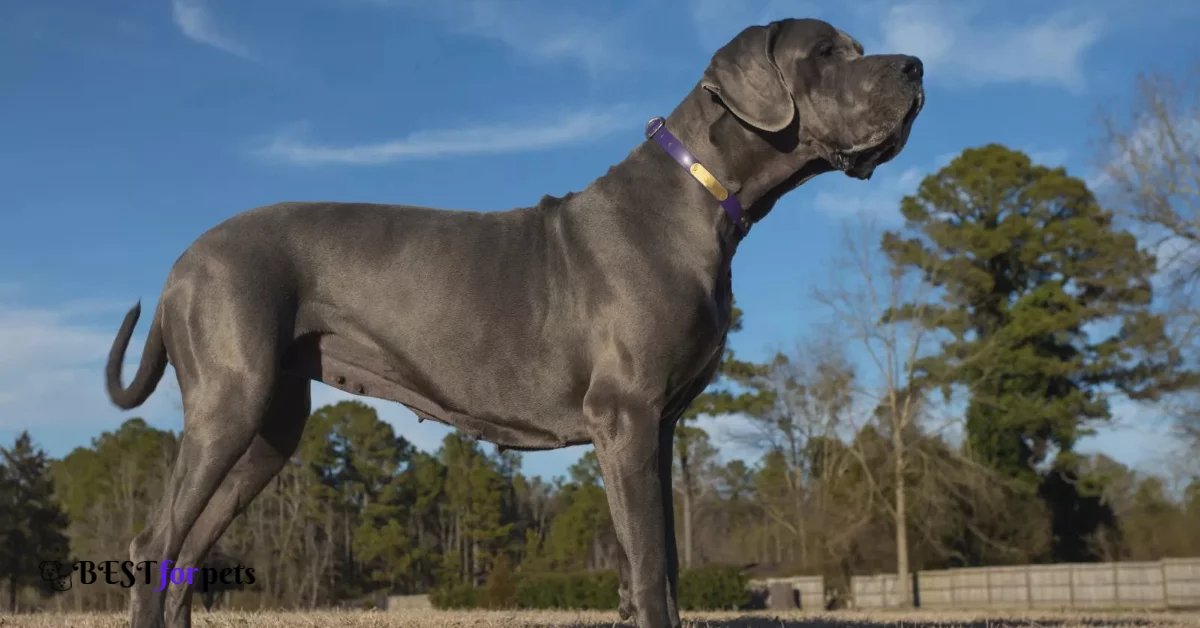
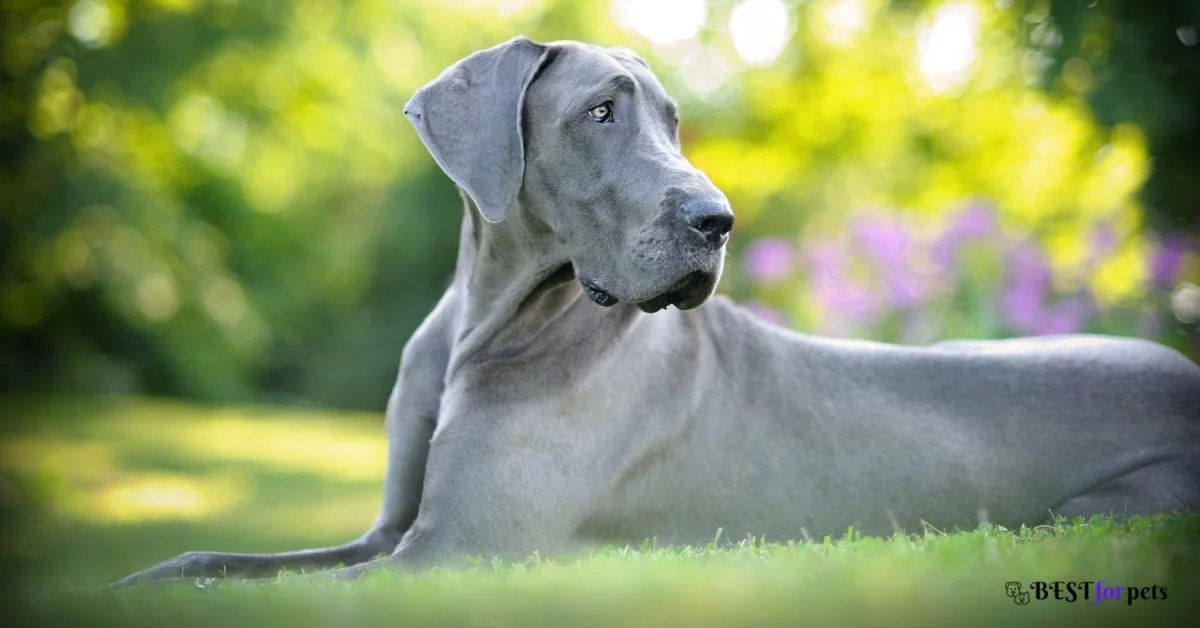
Great Dane Personality And Behaviour
Great Danes are known for their calm and gentle demeanor. They are considered to be one of the most affectionate dog breeds. They get along well with children, other animals, and other dogs. They are not aggressive by nature but should be watched around small pets because they could accidentally step on or knock them over.
This is a large dog with an even larger personality. While they may seem intimidating at first glance due to their size, they’re actually very sweet-natured giants that love nothing more than a good belly rub!

Great Dane Lifespan
The average lifespan of a great dane is between 8-9 years. While all dogs are different, on average a great dane will live an average of 8-10 years. Some great Danes have been known to live up to 10 or 11 years old, while others may only last 4 or 5.
Great Dane Health Issues
Bloat (Gastric Dilatation-Volvulus)
Great Danes are prone to bloat, a life-threatening condition where the stomach fills with gas and can twist. Feed them smaller, frequent meals, and avoid vigorous exercise before and after eating.
Hip Dysplasia
This breed can suffer from hip dysplasia, a genetic condition causing hip joint problems. Regular vet check-ups and maintaining a healthy weight can help manage this issue.
Cardiomyopathy
Great Danes are susceptible to heart diseases like dilated cardiomyopathy. Consult with a veterinarian for regular heart screenings and appropriate care.
Osteosarcoma (Bone Cancer)
They have a higher risk of developing bone cancer. Be vigilant for any signs of lameness or discomfort and seek prompt veterinary attention.
Hypothyroidism
Great Danes may experience thyroid issues. Monitor for signs like weight gain, lethargy, and consult with a vet for thyroid hormone level tests.
Gastric Torsion
Besides bloat, gastric torsion, where the stomach twists, can occur. Familiarize yourself with the symptoms and act swiftly if you suspect this condition.
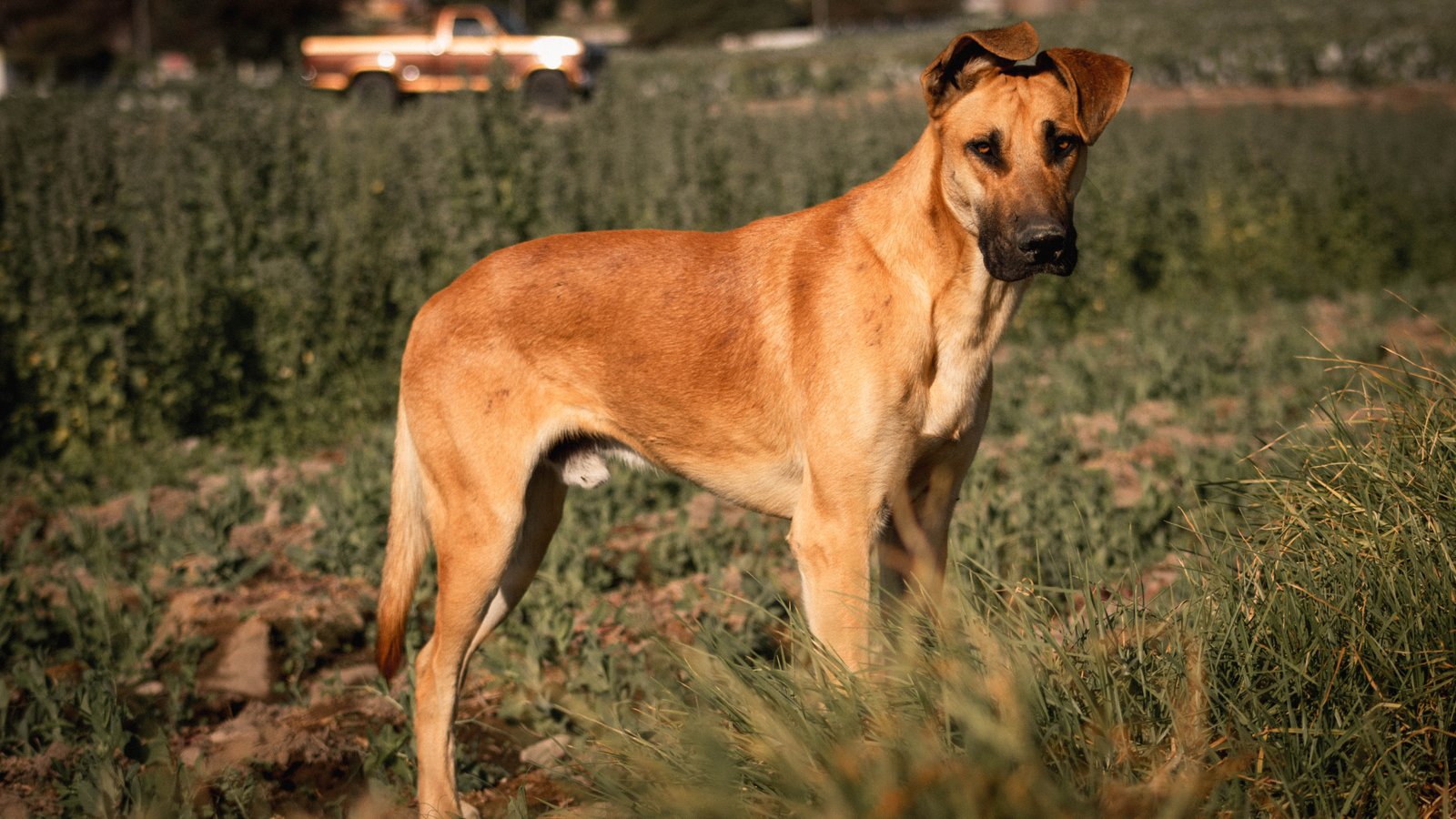

Great Dane Care Tips
Grooming
Their short coat is easy to maintain, but regular brushing helps reduce shedding. Check and clean their ears regularly to prevent infections.
Training
Enroll in obedience training classes to teach basic commands and manners. Positive reinforcement methods work well with this breed.
Health
Schedule regular vet check-ups, especially as they age, to catch health issues early. Consider pet insurance to manage potential high veterinary costs.
Proper Nutrition
Feed a high-quality dog food suitable for large breeds, and control portion sizes to prevent obesity. Discuss dietary requirements with your vet.
Regular Exercise
Great Danes need exercise to stay healthy. However, avoid excessive running or jumping, especially in puppies, to protect their developing joints.
Socialization
Start socializing your Great Dane puppy early to ensure they are well-behaved and comfortable around people and other dogs.
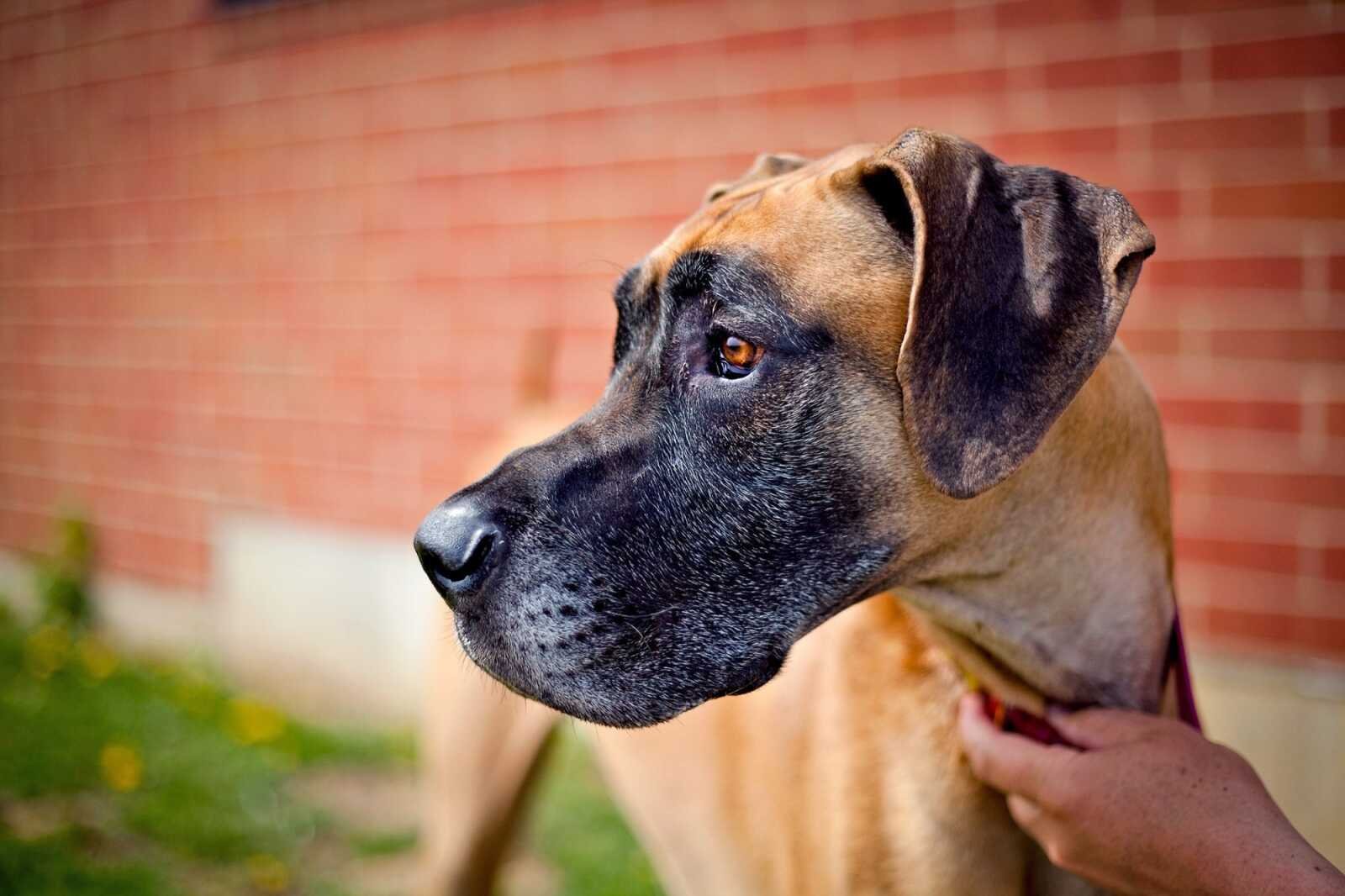

Health Check-Ups
Schedule regular vet check-ups, especially as they age, to catch health issues early. Consider pet insurance to manage potential high veterinary costs.
Great Dane Maintenance Cost
Maintaining a Great Dane can be quite expensive due to their large size and specific needs. Here are seven points to consider when estimating the maintenance cost of a Great Dane:
Food
Great Danes have substantial appetites. High-quality dog food designed for large breeds is essential. Expect to spend around $70 to $100 per month on food.
Grooming
While Great Danes have short coats and don’t require extensive grooming, occasional baths, nail trims, and ear cleaning can add up to approximately $100 to $200 per year.
Training
Enrolling your Great Dane in obedience classes or hiring a professional trainer may cost anywhere from $100 to $500 or more, depending on the program.
Healthcare
Regular veterinary check-ups, vaccinations, and preventive medications (flea, tick, and heartworm) are necessary. Budget for an annual cost of $500 to $1,000 or more, depending on their health.
Supplies
You’ll need basic supplies like a crate, leash, collar, food and water dishes, toys, and bedding, which can total around $100 to $300 initially.
Insurance
Consider pet insurance to help cover unexpected medical expenses. Premiums vary based on coverage but typically range from $30 to $70 per month.
Facts About Great Dane
Golden Retrievers are wonderful companion dogs. Here are some fun facts about these beautiful dogs!
- Great Danes are not from Denmark: Despite their name, Great Danes actually originated in Germany, where they were initially bred for hunting wild boars.
- They’re one of the largest dog breeds: Great Danes consistently rank among the world’s largest dog breeds. Some individuals can stand over 30 inches tall and weigh up to 175 pounds or more.
- Known as “gentle giants”: Great Danes are famous for their gentle and friendly disposition. They are typically good-natured and great with children, earning them the nickname “gentle giants.”
- Scooby-Doo is a famous Great Dane: The popular cartoon character Scooby-Doo is a Great Dane. He’s known for his comical and cowardly nature.
- Short coat, but they still shed: Despite their short coat, Great Danes do shed, so regular grooming and brushing are necessary to keep their coat healthy and reduce shedding.
- Tallest dog ever recorded: The tallest dog ever recorded in the Guinness World Records was a Great Dane named Zeus, who stood 44 inches tall at the shoulder.
- They’re not the longest-lived breed: Great Danes have a shorter lifespan compared to smaller dog breeds, typically around 7 to 10 years. This is partly due to their large size.
- Velcro dogs: Great Danes are known for being affectionate and often develop strong bonds with their owners. They may follow you around the house and want to be close to you all the time.
- Protective instincts: Despite their friendly demeanor, Great Danes have protective instincts and can be excellent watchdogs.
- Famous historical owners: Notable figures like Alexander the Great, King James VI of Scotland, and even American actor James Dean were known to have owned Great Danes.

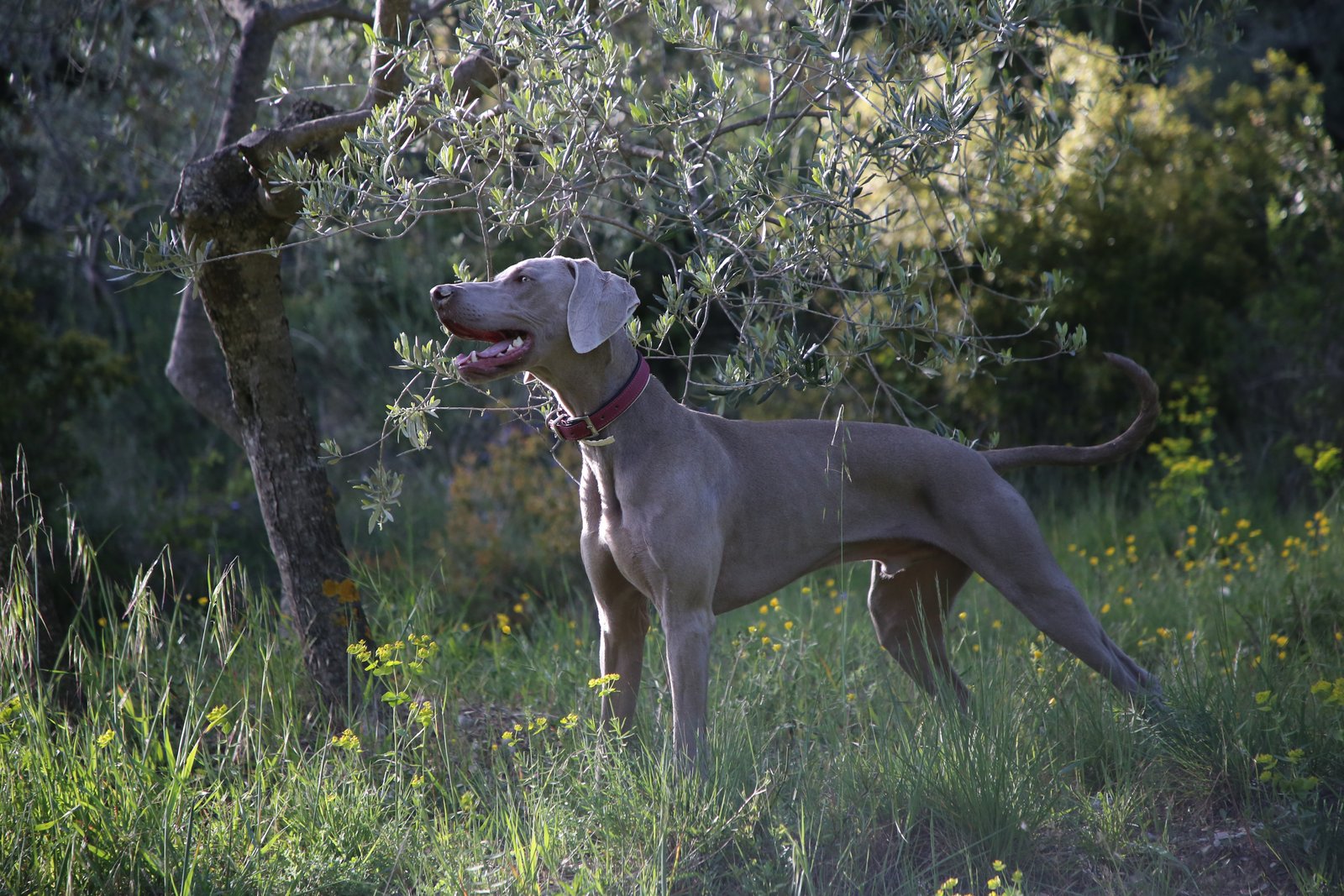
Frequently Asked Questions
Are Great Danes Good Family Dogs?
Yes, Great Danes are known for their gentle and friendly nature, making them excellent family dogs. They are typically good with children and get along well with other pets.
How Big Do Great Danes Get?
Great Danes are one of the largest dog breeds. They can stand between 28 to 34 inches tall at the shoulder and weigh anywhere from 140 to 175 pounds or more.
Do Great Danes Require A Lot Of Exercise?
Despite their size, Great Danes are not extremely active dogs. They do need regular exercise to stay healthy, but they don’t require excessive amounts of physical activity. Daily walks and some playtime should suffice.
Do Great Danes Drool A Lot?
Yes, Great Danes are known for their tendency to drool, especially after eating or drinking. It’s a common trait of the breed, and you’ll want to keep a towel handy.
Are Great Danes Easy To Train?
Great Danes are generally intelligent dogs, but they can be somewhat stubborn. Consistent and positive reinforcement-based training methods work best with this breed.
Do Great Danes Have A Short Lifespan?
Unfortunately, Great Danes have a relatively short lifespan compared to smaller breeds. On average, they live around 7 to 10 years, with proper care.
How Much Do Great Danes Eat?
Great Danes have large appetites due to their size. They typically eat between 4 to 8 cups of high-quality dog food per day, split into two or three meals.
Do Great Danes Require A Lot Of Grooming?
Great Danes have short, smooth coats that are relatively low-maintenance. Regular brushing and occasional baths are usually sufficient to keep their coat healthy.


